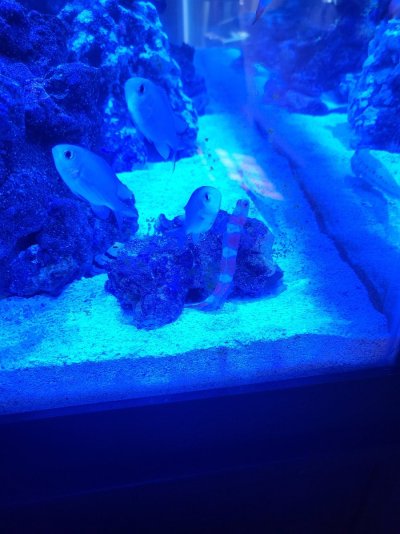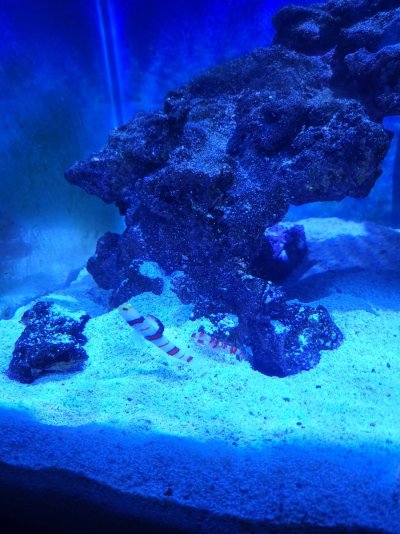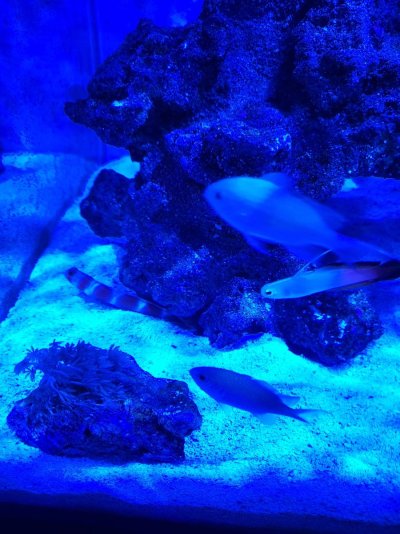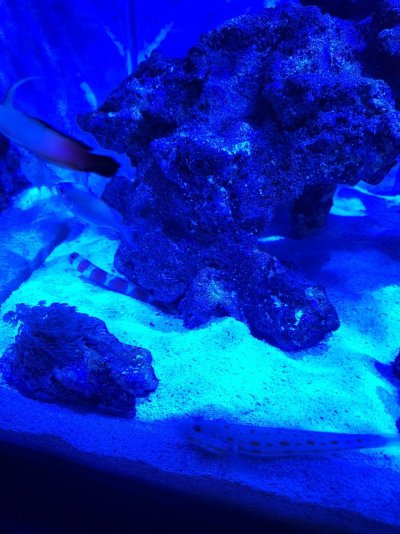I don’t think he would get that malnourished in a few days.
Im betting by the other goby boisterous attitude he wasn’t letting that goby feed.
I don’t think it’s pistol shrimp fault. They are used to going into hiding in the burrow. In the wild them hiding out inside the burrow for a while would be common.
im thinking this is much more just malnutrition. Unless the pistol shrimps actually inflicted dmg to its head but you’d see a wound.
As long as he doesn’t get sick of anything else you can nurture it back to health with little meals throughout the day. I’m thinking atleast 3 times a day if not more. Remember small meals. Use garlicguard to make the food more enticing. And buy some live pods too
I would put a tube in the hospital box to make sure it isn’t stressed and can hide away. Right now it’s not going to eat because it’s no longer feels safe and now feels exposed.
Im betting by the other goby boisterous attitude he wasn’t letting that goby feed.
I don’t think it’s pistol shrimp fault. They are used to going into hiding in the burrow. In the wild them hiding out inside the burrow for a while would be common.
im thinking this is much more just malnutrition. Unless the pistol shrimps actually inflicted dmg to its head but you’d see a wound.
As long as he doesn’t get sick of anything else you can nurture it back to health with little meals throughout the day. I’m thinking atleast 3 times a day if not more. Remember small meals. Use garlicguard to make the food more enticing. And buy some live pods too
I would put a tube in the hospital box to make sure it isn’t stressed and can hide away. Right now it’s not going to eat because it’s no longer feels safe and now feels exposed.






















